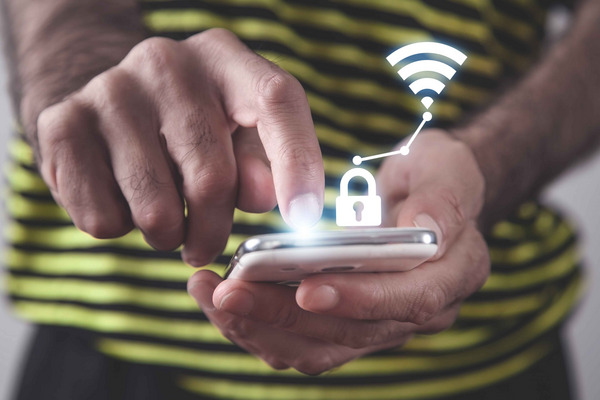
When it comes to cybersecurity, there’s no better place to start than in your home. There’s one major piece of equipment in your home that is often neglected and therefore is an easy target for hackers if not secured: your wireless broadband router, the device that allows internet connection.
Router security is often ignored because most consumers assume you only need to secure your digital devices that connect to the router, like your smartphone, desktop, or laptop. The truth is that your wireless router needs to be set up and secured just like any other digital device to stop it from getting a router virus.
So, it’s crucial to know how to check if your router is hacked. Unsecured routers can be compromised by malware or accessed directly by hackers to spy on your unencrypted data, and redirect your internet traffic to malicious sites that will infect multiple devices on your home network.
To improve your digital security and help you stay safe online, we’re bringing you some top tips to prevent you from getting an infected router. Keep in mind each router’s software will vary, so you might need to consult your user manual or the manufacturer’s website for step-by-step instructions.
1. Change your router admin and password
Manufacturers set a default username and password, and leaving these unchanged makes your router extremely easy for hackers to access your network, which could lead to an infected router. Changing your username and password should be the very first thing you should do, remembering to set it as a strong, unique password. To get a unique, strong password, why not try our free password generator.
2. Update your passwords regularly
Not just for your router, this tip keeps hackers and their malware at bay. Now and then, change your password and perhaps use a password manager to keep track of them. Between your Wi-Fi, apps, websites, and programs, there are a lot of passwords to remember.
3. Change the default Network Name
The default Network SSID or “service set identifier” is assigned by the manufacturer. Some of these SSIDs can help potential attackers identify the type of router, making it easier for them to exploit vulnerabilities. Change the SSID to a unique name that is relevant to you, but remember to avoid any personally identifiable information like your name or address.
4. Use a firewall
Most Routers come with built-in firewalls which prevent unauthorised access to your router and the rest of your home network. A firewall is a security system that monitors incoming and outgoing traffic between networks. Make sure you enable this feature and this should help you ward off router viruses.
If you’re worried about a DoS attack on the router, which is a denial of service, then using a firewall will prevent a heap of targeted traffic, and stop it from sending out information that will trigger a crash.
5. Disable remote administration
Remote administration allows anyone to access and change your router admin settings from outside of your network. Unless you have some reason or need to use this function, then disable it now.
6. Update your Firmware
The software running on the router that’s permanently installed is called firmware. It controls the device’s hardware. Firmware updates are essential to fix certain security vulnerabilities that can be exploited. But unfortunately, most routers won’t update automatically or notify you when firmware updates become available. Check the admin panel on your router to see if you have the latest version. If not, you should download and install the update as soon as possible – check your manufacturer’s website for the latest firmware updates and how to install them.
7. Consider changing your router’s IP Address
To further lockdown your router and devices, change your IP address which will secure your online privacy to protect you from the hackers and trackers out there. Better still, you could use a VPN to hide the IP address as well.
Stay safe at home with our cybersecurity tips and software
Making these simple changes will help you on your way to having a far more secure network and a safer digital experience in the home. Stop hackers and router viruses in their tracks. Browse ESET’s website for products such as ESET Internet Security and ESET Cyber Security to take back control over who can access your data.